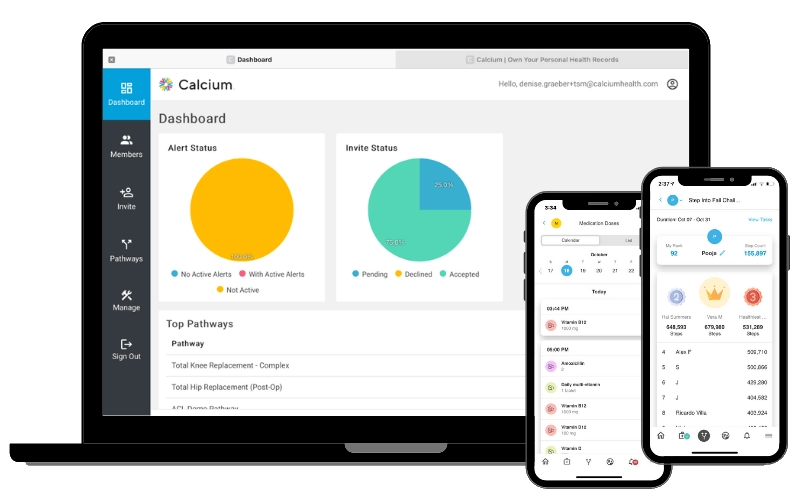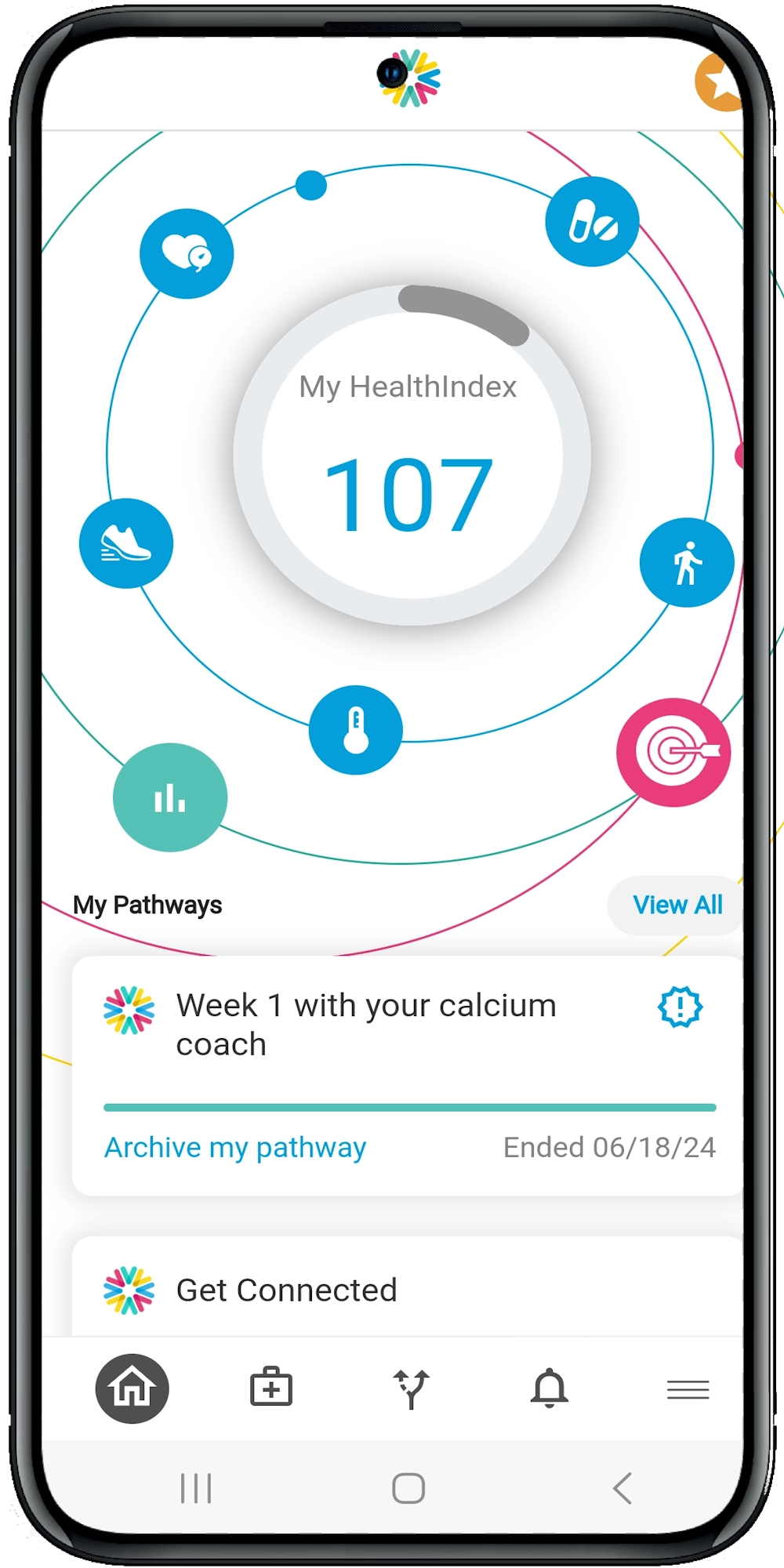Implementing Telehealth Services in Oncology Practices
The Benefits of Telehealth in Oncology
Telehealth isn’t just a buzzword; it’s a transformative tool. Here’s why:
- Accessibility: Patients in remote areas or those with mobility issues can access care without the need for travel.
- Convenience: Busy schedules? No problem. Telehealth offers flexible scheduling options.
- Continuity of Care: Regular check-ins can be maintained, ensuring ongoing support and monitoring.
- Cost-Effectiveness: Reduces the need for in-person visits, cutting down travel costs and time off work.
Steps to Implement Telehealth in Oncology Practices
1. Assess Your Needs and Capabilities
Before diving in, take a step back. What do you need to make telehealth work?
- Technology: Reliable internet, video conferencing tools, and secure platforms.
- Training: Staff must be trained to use telehealth tools effectively.
- Compliance: Ensure all practices comply with HIPAA and other regulations.
2. Choose the Right Platform
Not all telehealth platforms are created equal. Look for:
- User-Friendly Interface: Both patients and providers should find it easy to use.
- Security Features: End-to-end encryption, secure login, and data protection.
- Integration: Can it integrate with your existing EHR system?
3. Develop Protocols and Workflows
Creating a seamless telehealth experience requires:
- Standard Operating Procedures (SOPs): Define how telehealth appointments will be scheduled, conducted, and documented.
- Emergency Protocols: Have a plan for situations that require immediate in-person care.
- Patient Education: Provide clear instructions on how to use the telehealth platform.
4. Train Your Team
Training isn’t a one-time event. It’s an ongoing process.
- Initial Training: Cover the basics of the platform, SOPs, and patient interaction.
- Refresher Courses: Regular updates on new features and best practices.
- Simulation Exercises: Practice scenarios to build confidence and competence.
5. Pilot the Program
Start small. Pilot your telehealth services with a select group of patients.
- Feedback Loop: Gather feedback from both patients and providers.
- Adjustments: Make necessary tweaks based on the feedback.
- Evaluate: Assess the pilot’s success before a full-scale rollout.
Overcoming Common Challenges
Implementing telehealth isn’t without its hurdles. Here’s how to tackle them:
- Technical Issues: Provide tech support for both patients and staff.
- Patient Resistance: Educate patients on the benefits and ease of use.
- Reimbursement Concerns: Stay updated on telehealth reimbursement policies and ensure proper billing practices.
Enhancing Patient Engagement
Telehealth offers unique opportunities to engage patients in their care.
- Virtual Support Groups: Create online communities for patients to share experiences and support each other.
- Remote Monitoring: Use wearable devices to track vital signs and symptoms.
- Educational Resources: Provide access to webinars, articles, and other educational materials.
Case Study: Success in Action
Consider the case of Dr. Smith’s oncology practice in rural Ohio. Faced with a patient base spread across vast distances, Dr. Smith implemented a telehealth program. The results? A 30% increase in patient engagement and a significant reduction in missed appointments. Patients reported feeling more connected and supported, despite the physical distance.
The Future of Telehealth in Oncology
Telehealth is here to stay. As technology advances, so will the capabilities of telehealth services.
- AI and Machine Learning: Predictive analytics for personalized care plans.
- Virtual Reality: Pain management and therapy through immersive experiences.
- Blockchain: Enhanced security for patient data.
Summary and Suggestions
Implementing telehealth services in oncology practices is a game-changer, offering accessibility, convenience, and continuity of care. Ready to take the plunge? Explore our other resources or schedule a demo to learn more about our digital health platform and solutions. The future of oncology care is just a click away!





